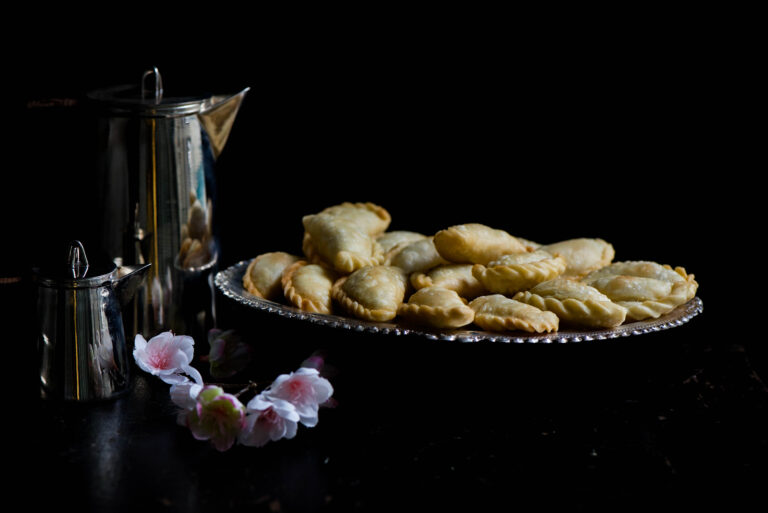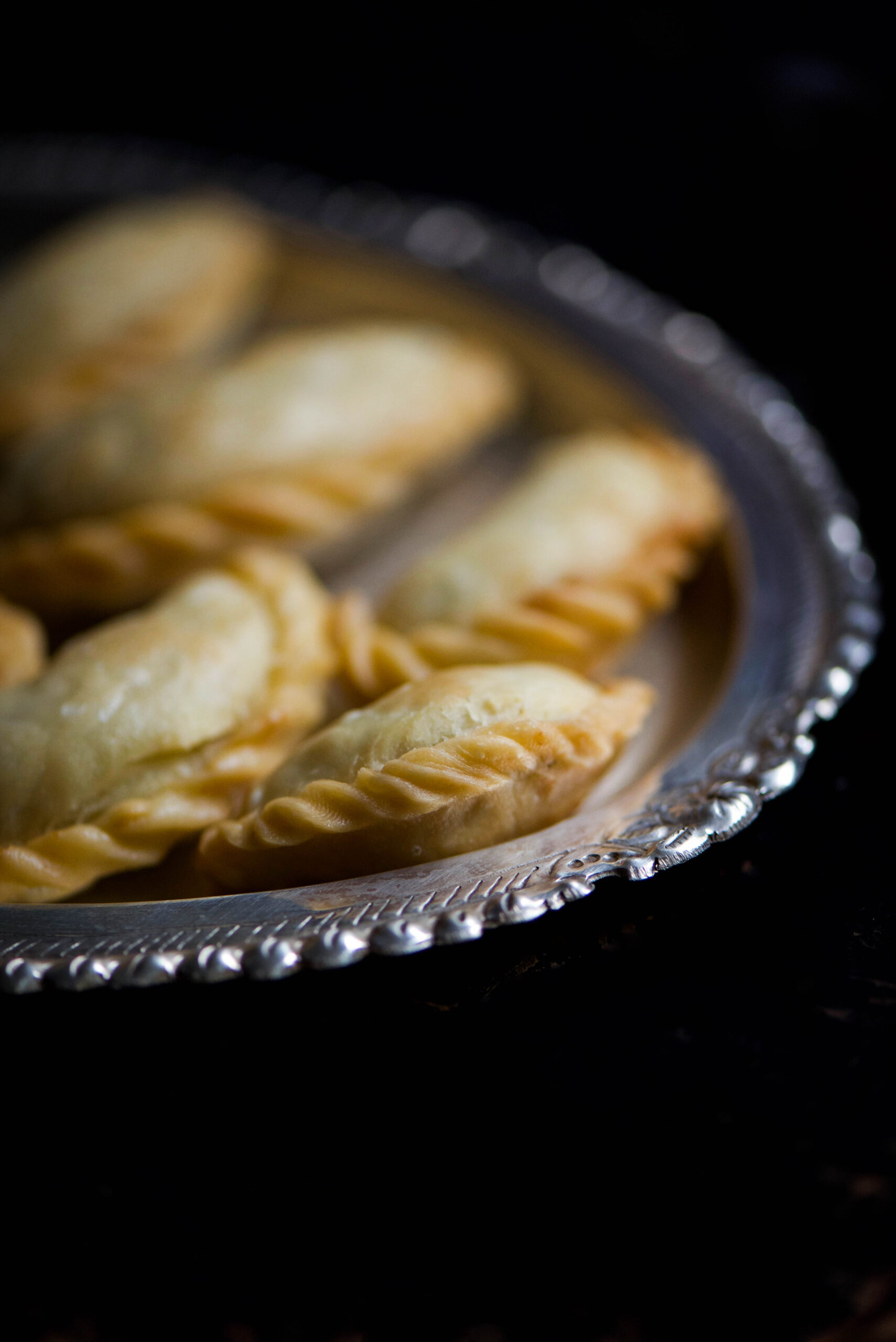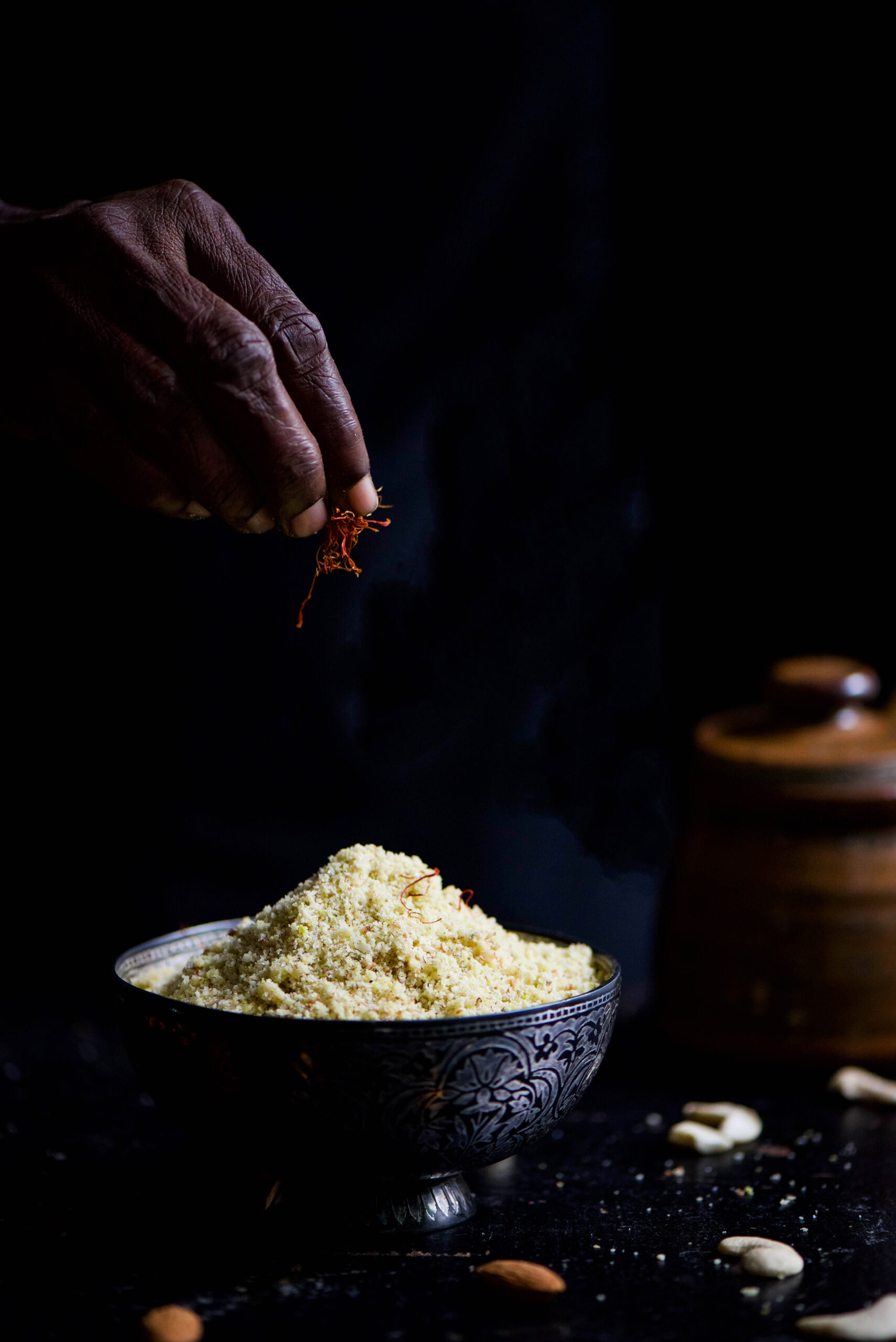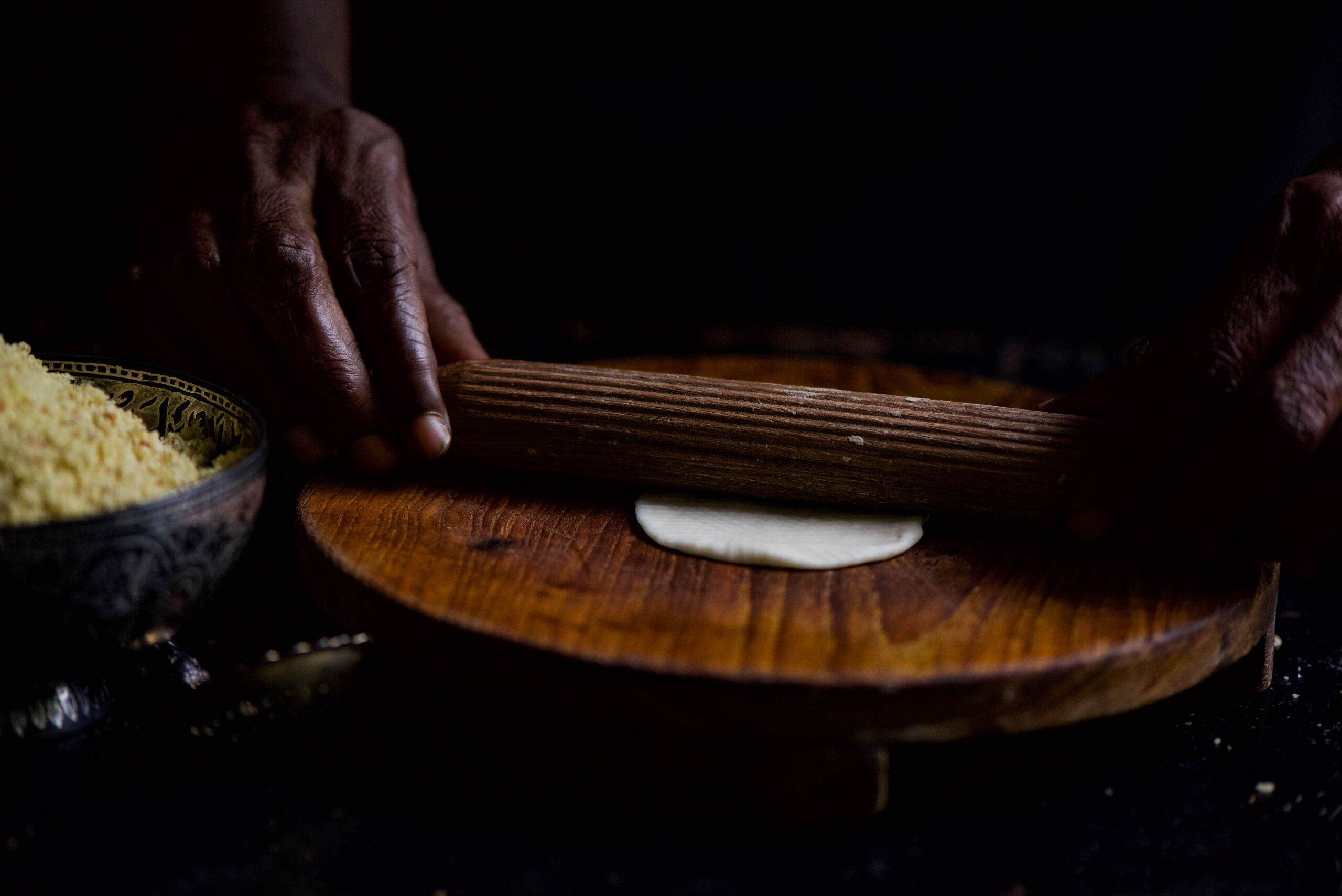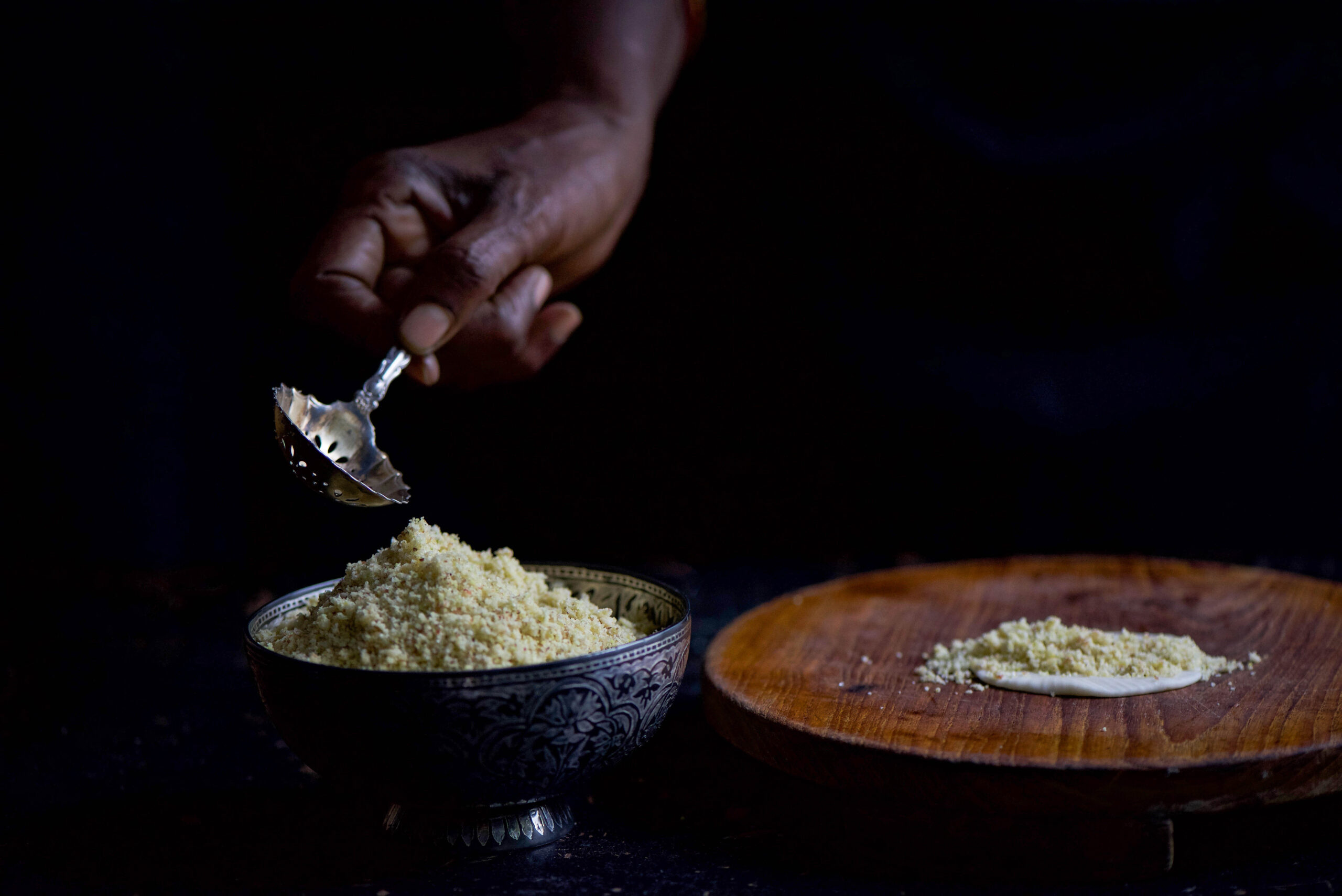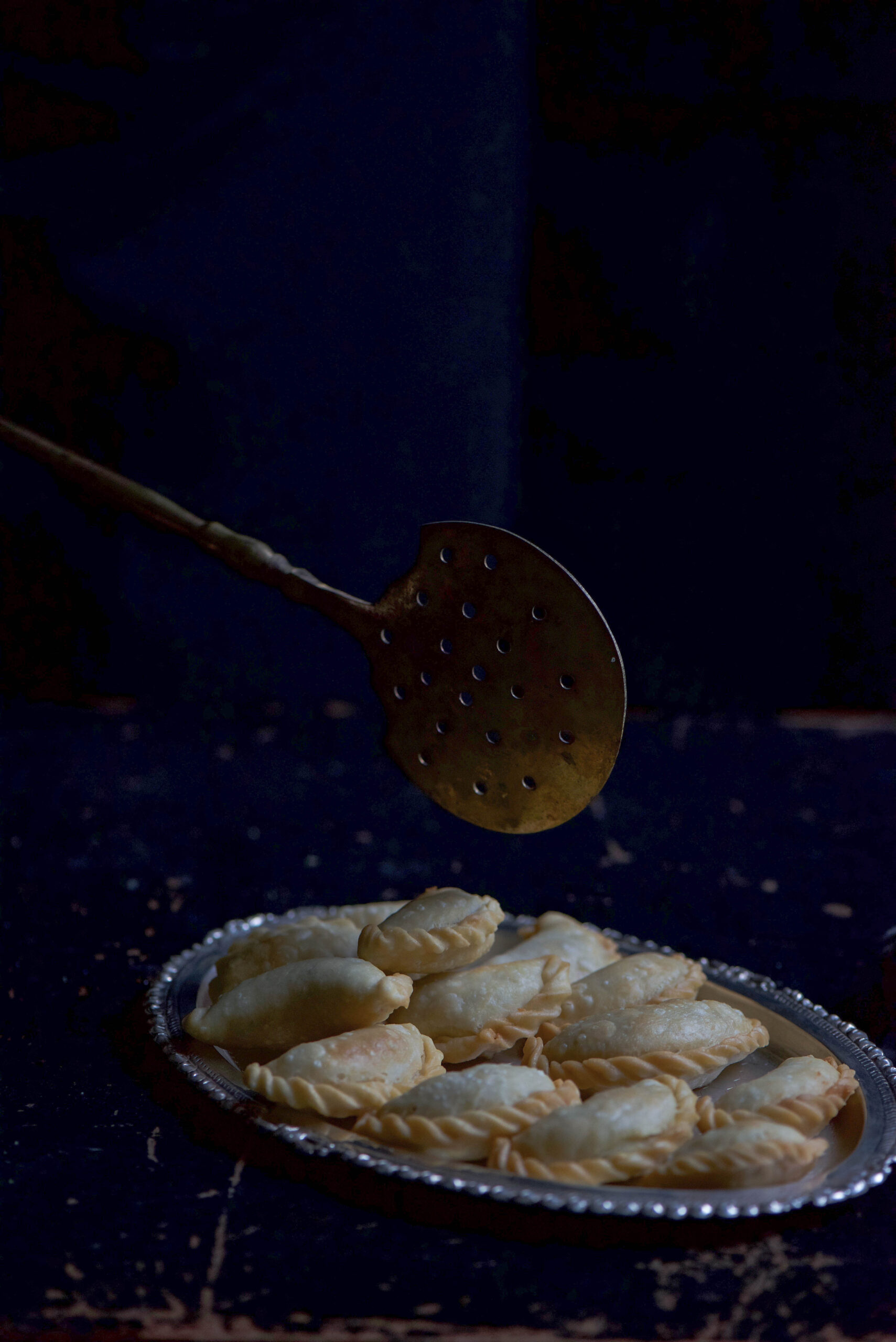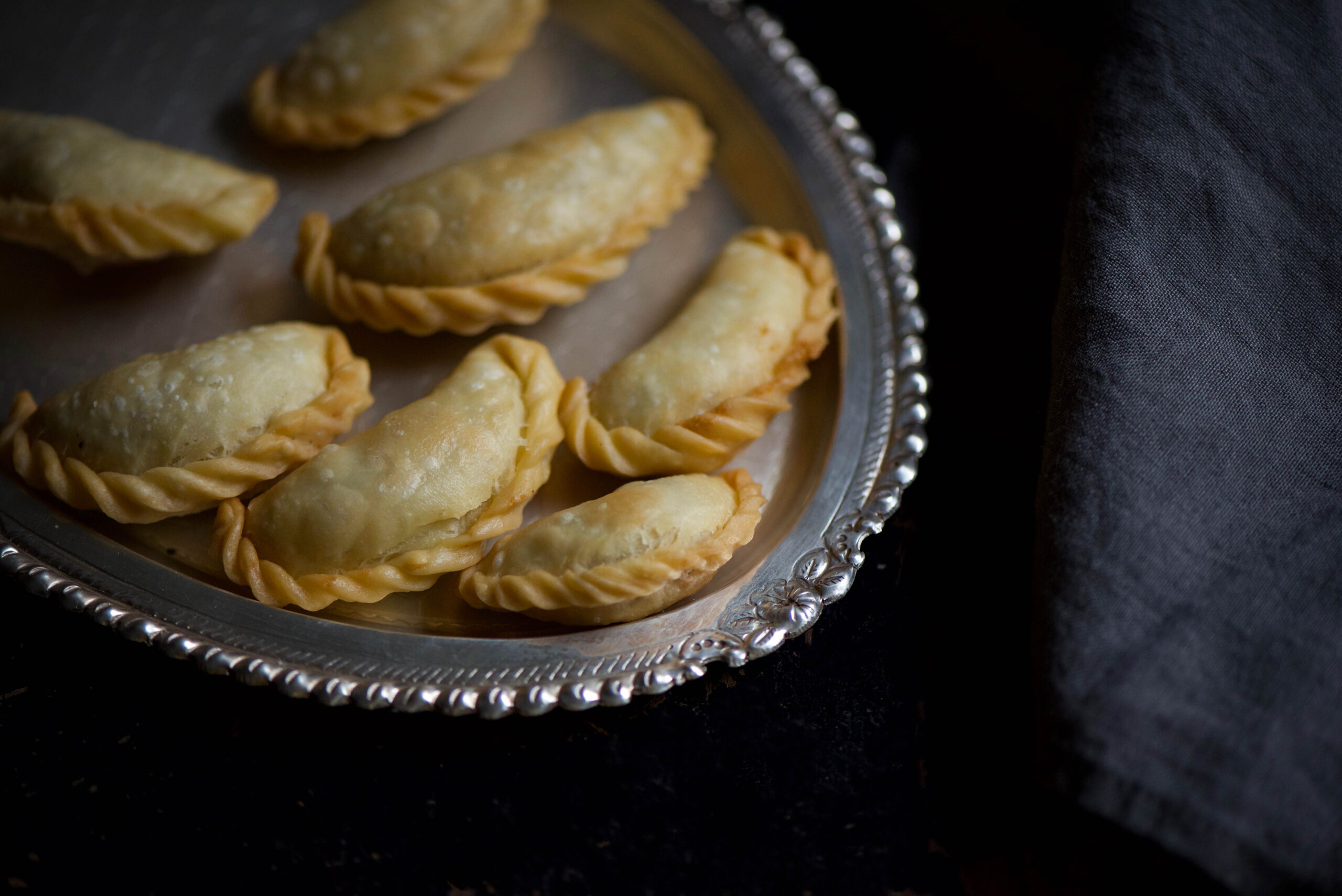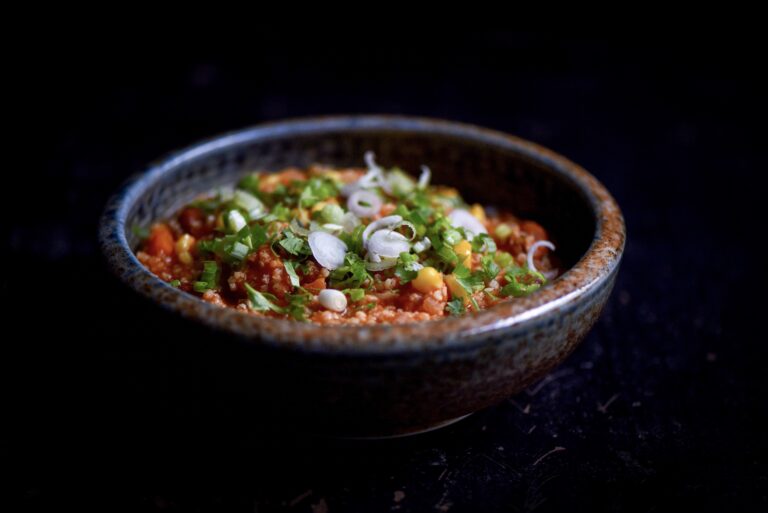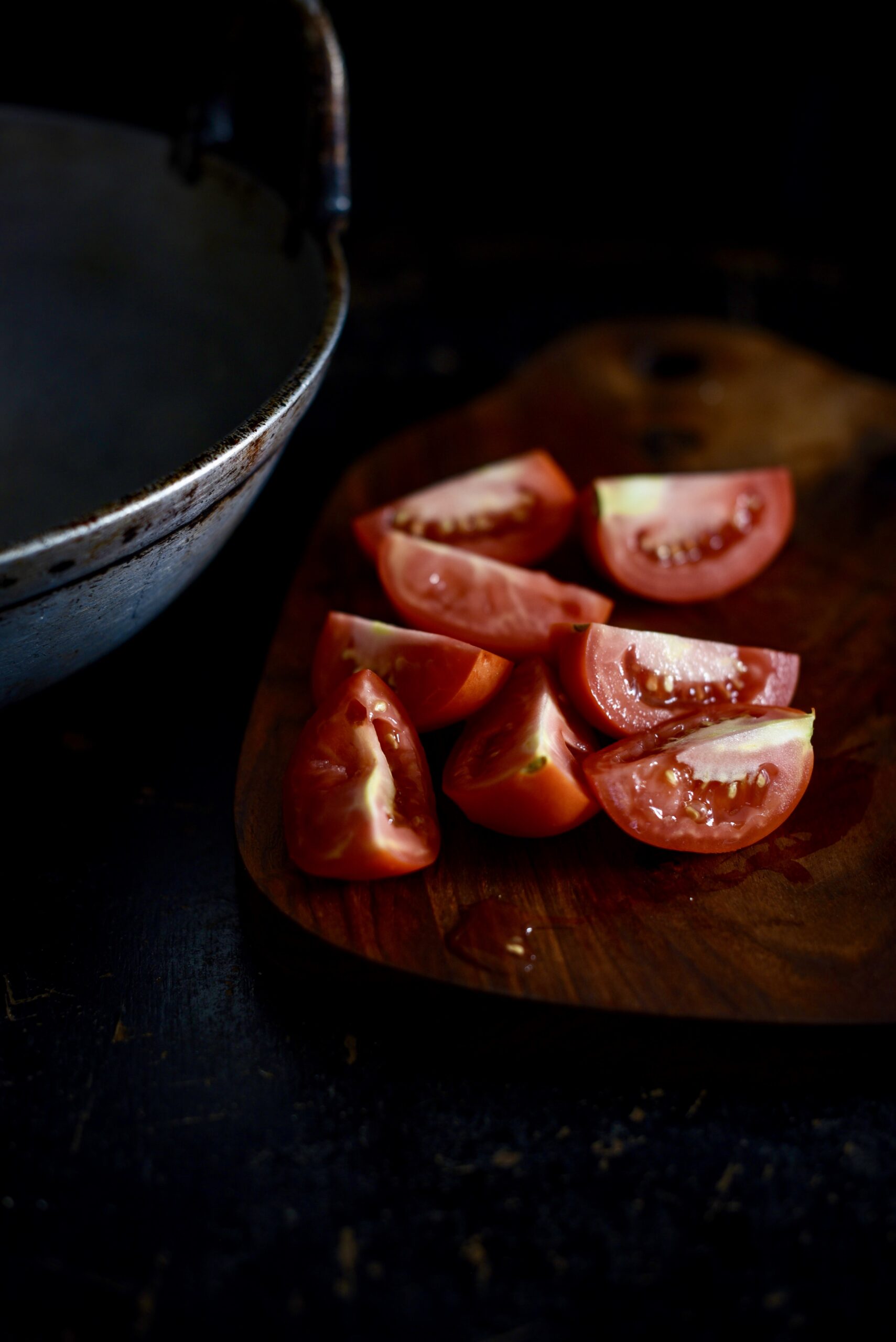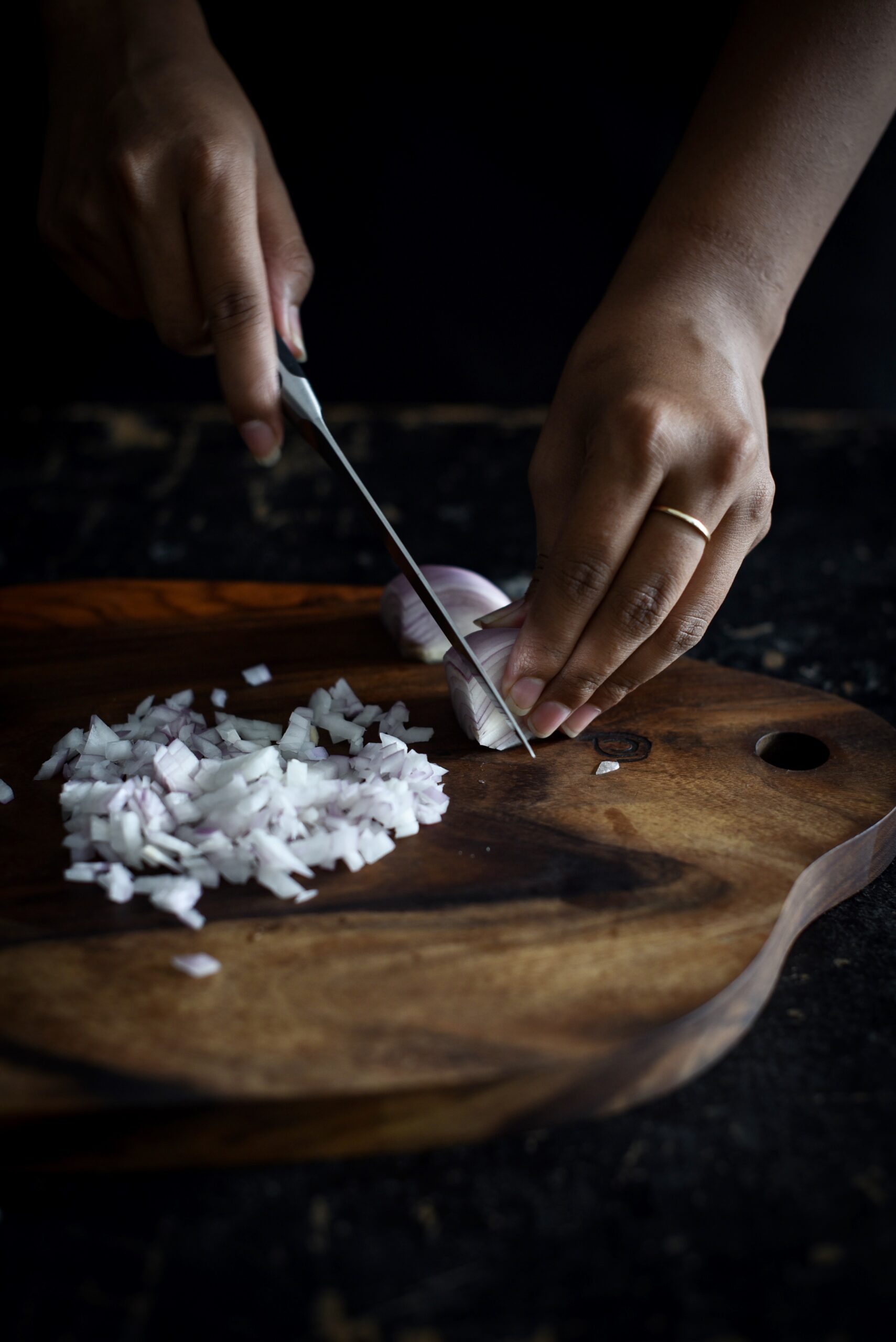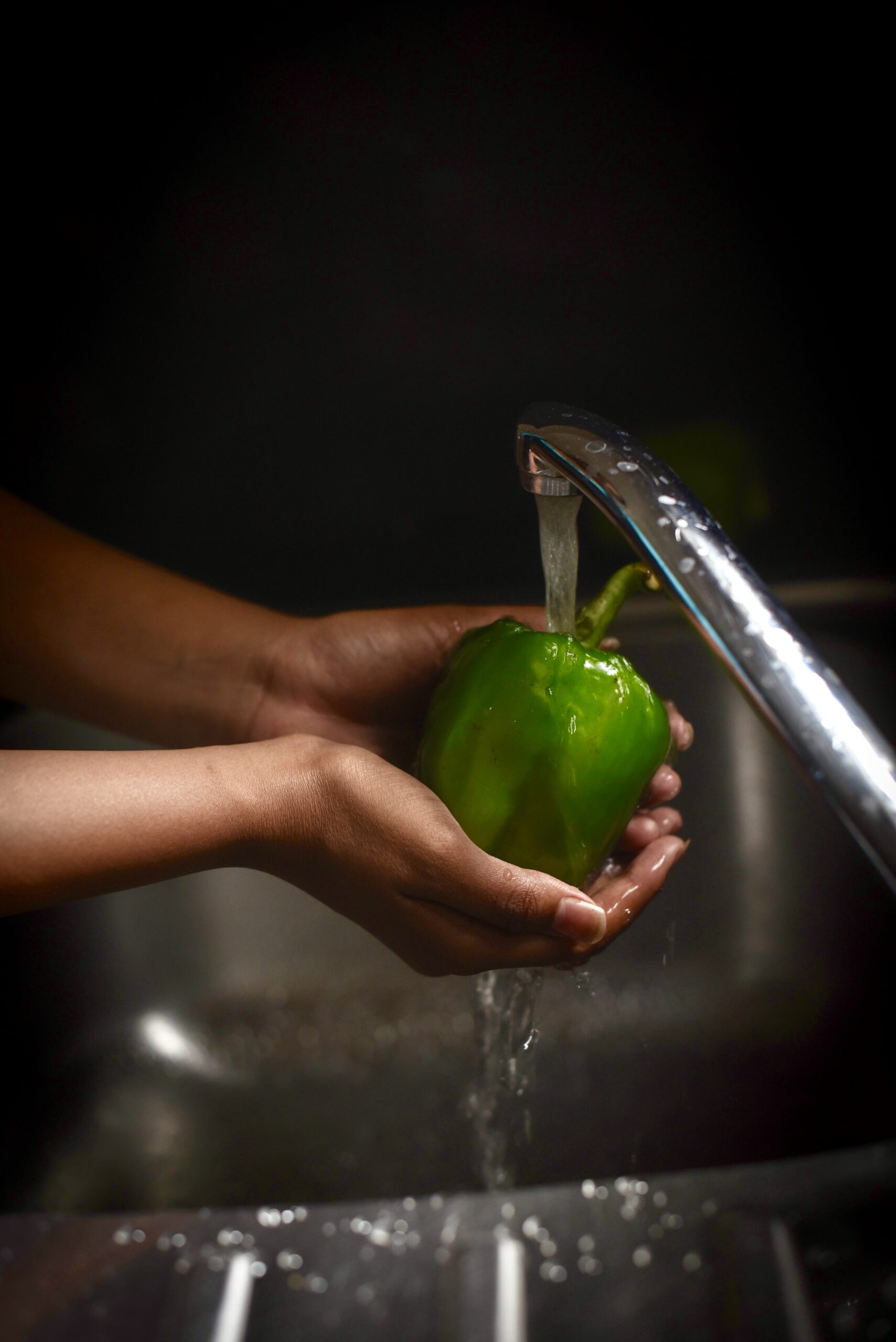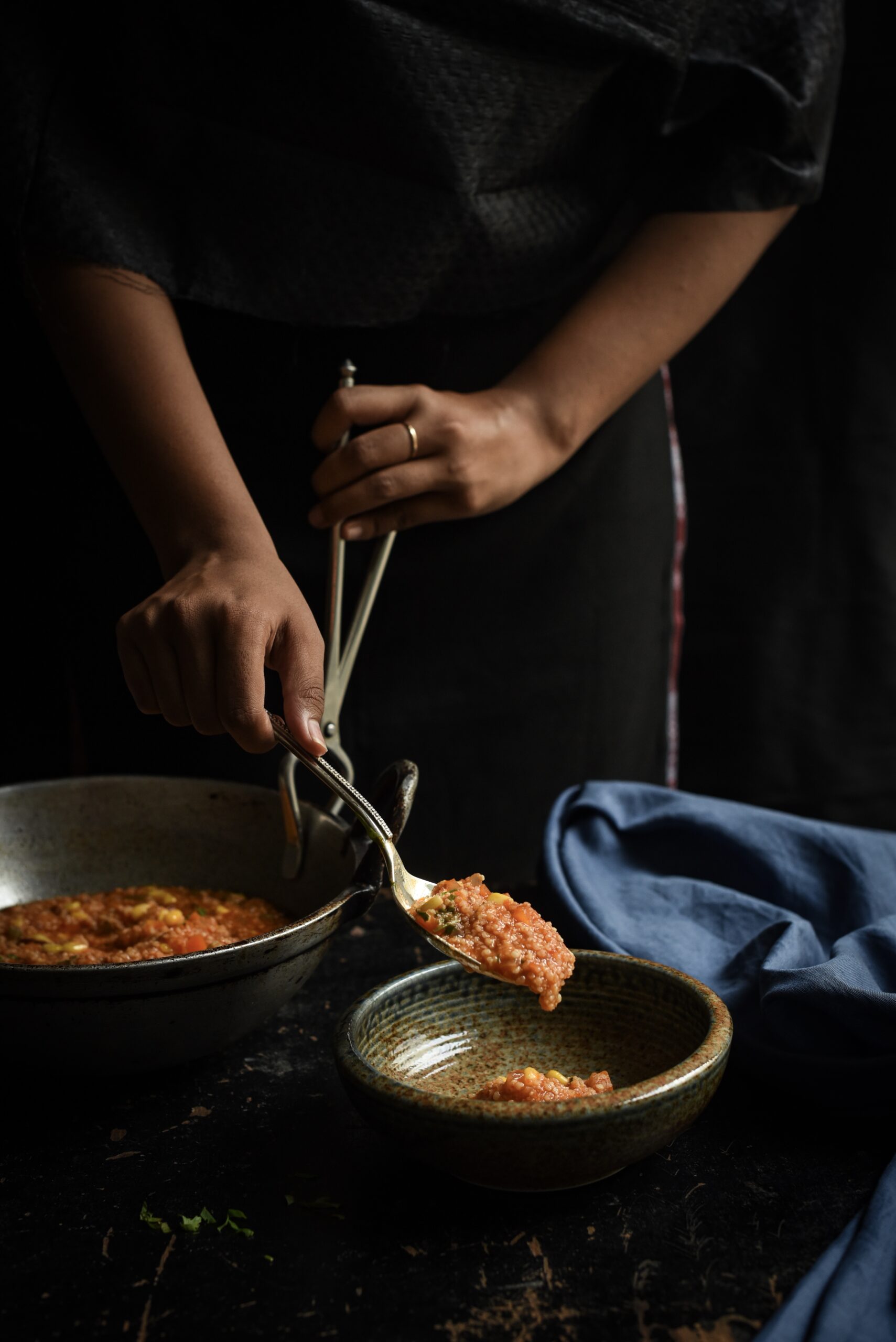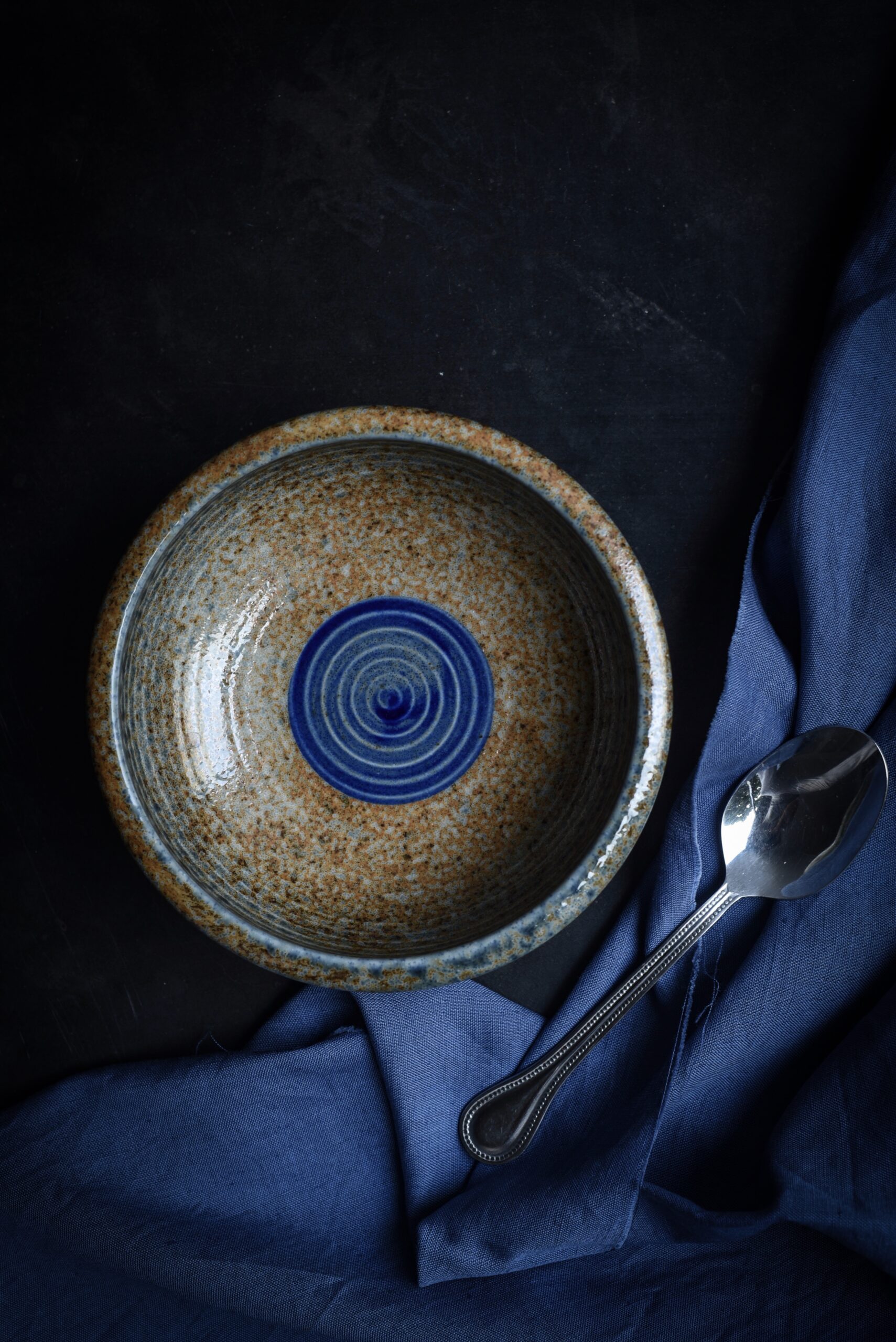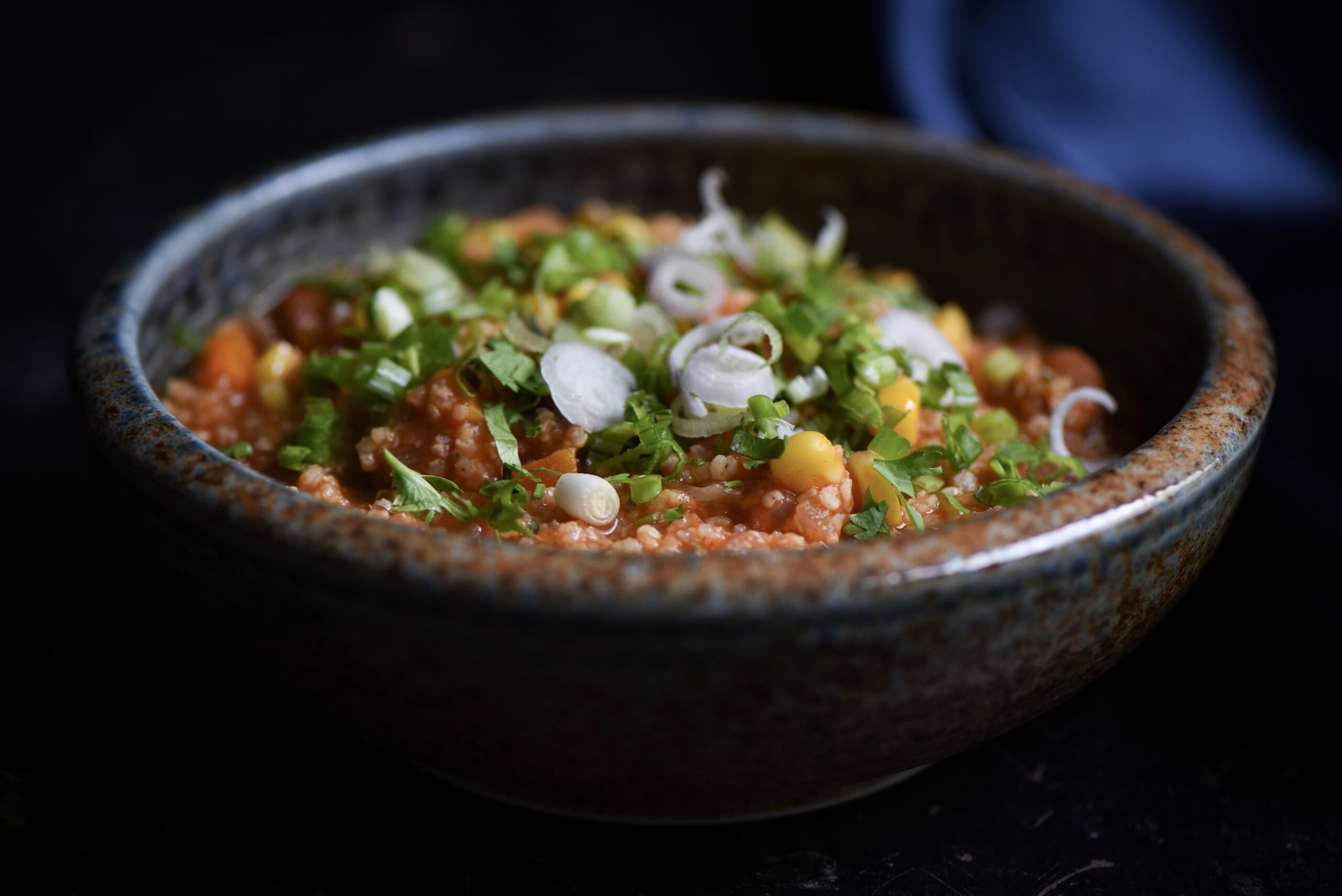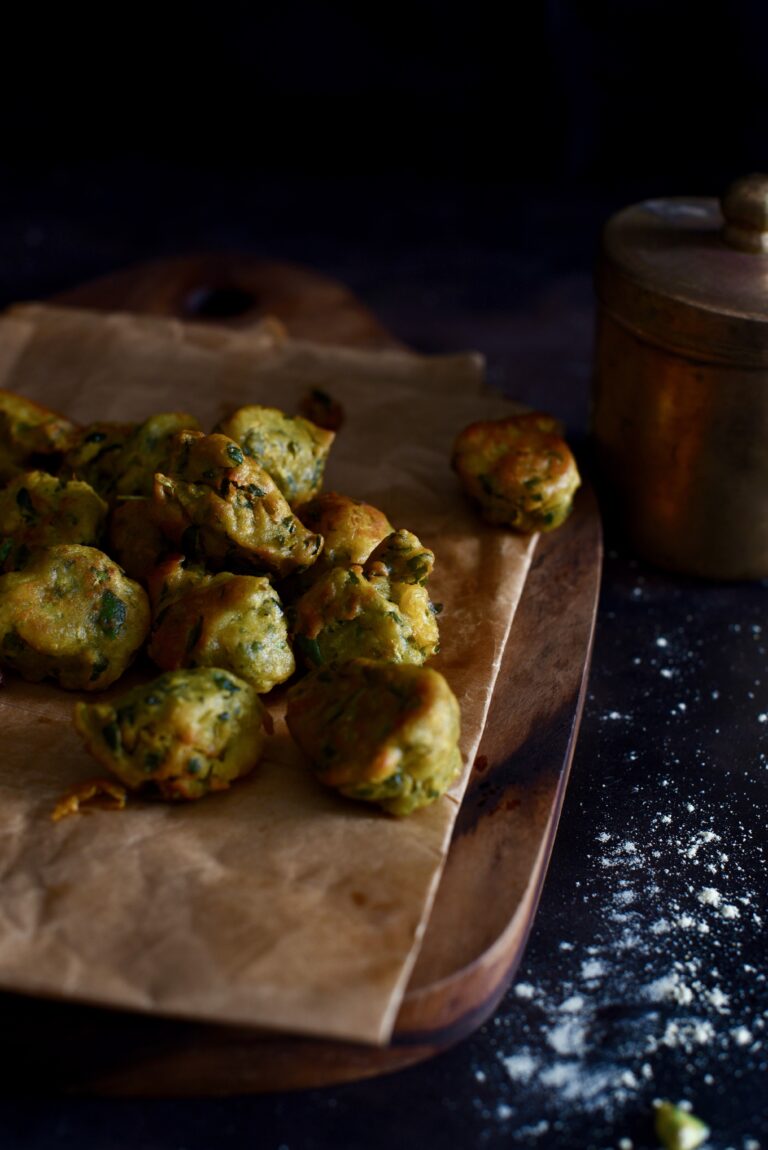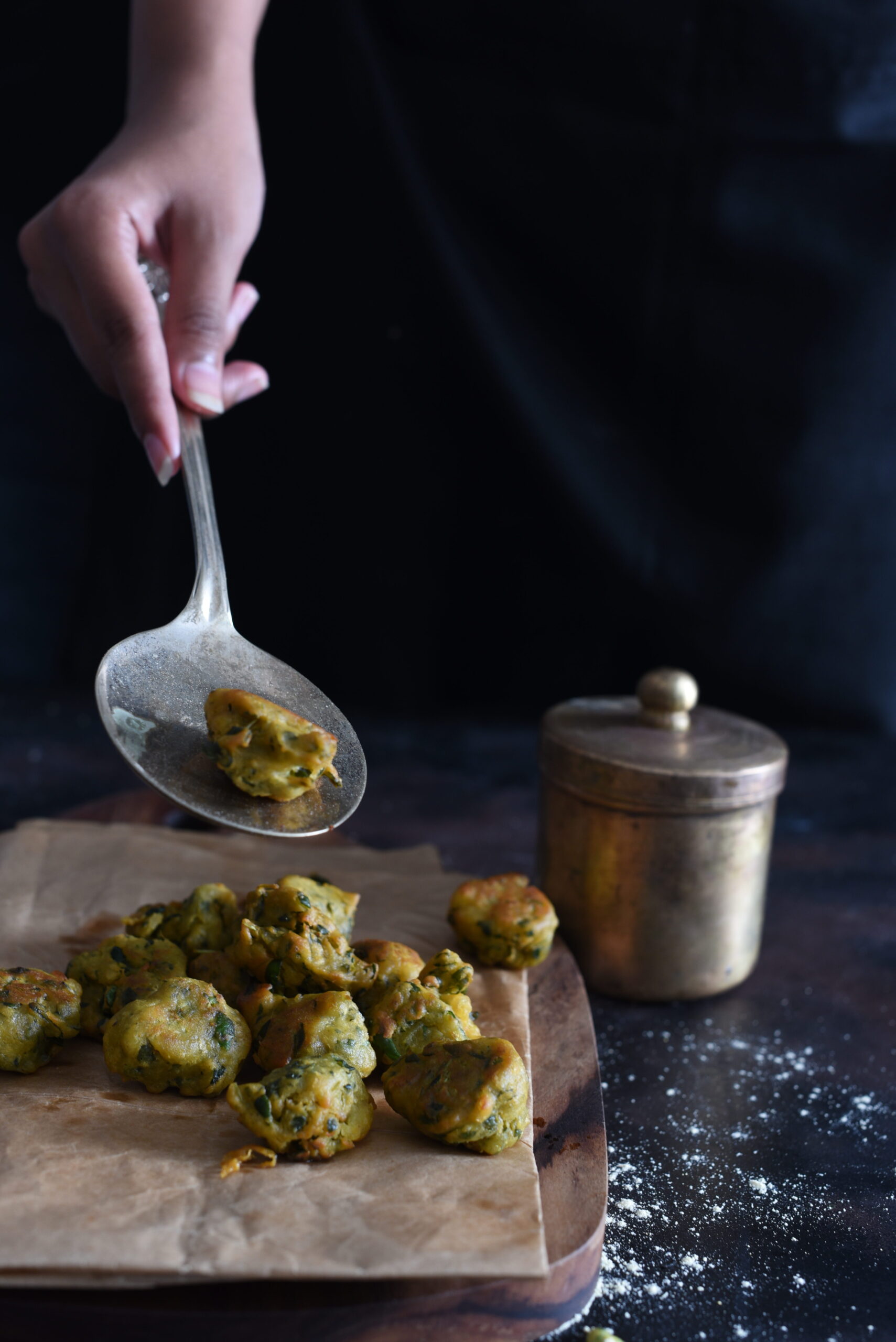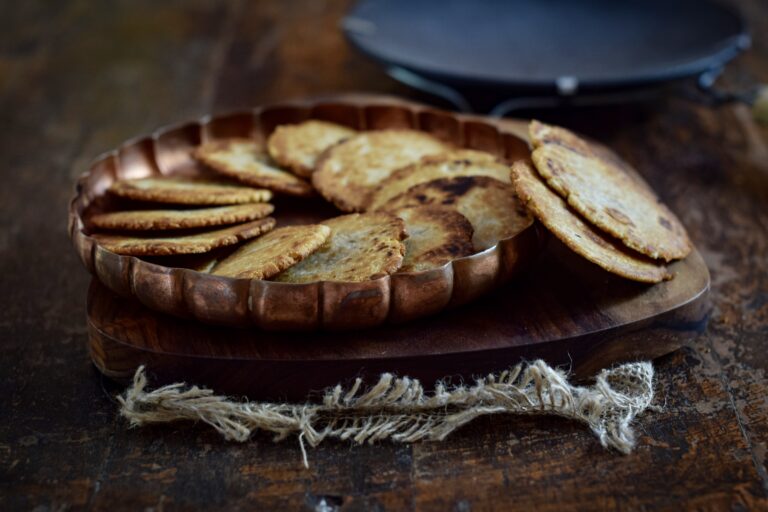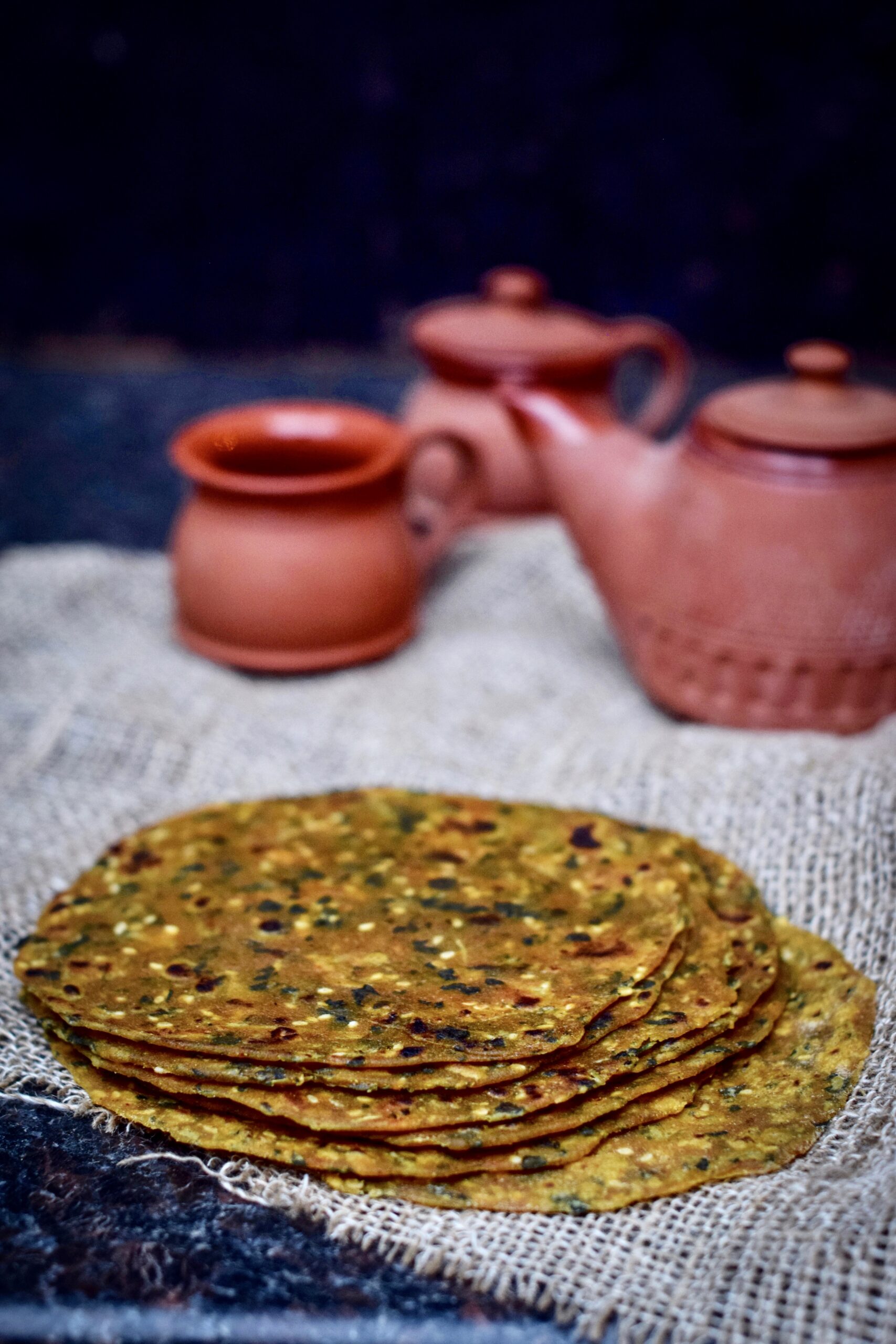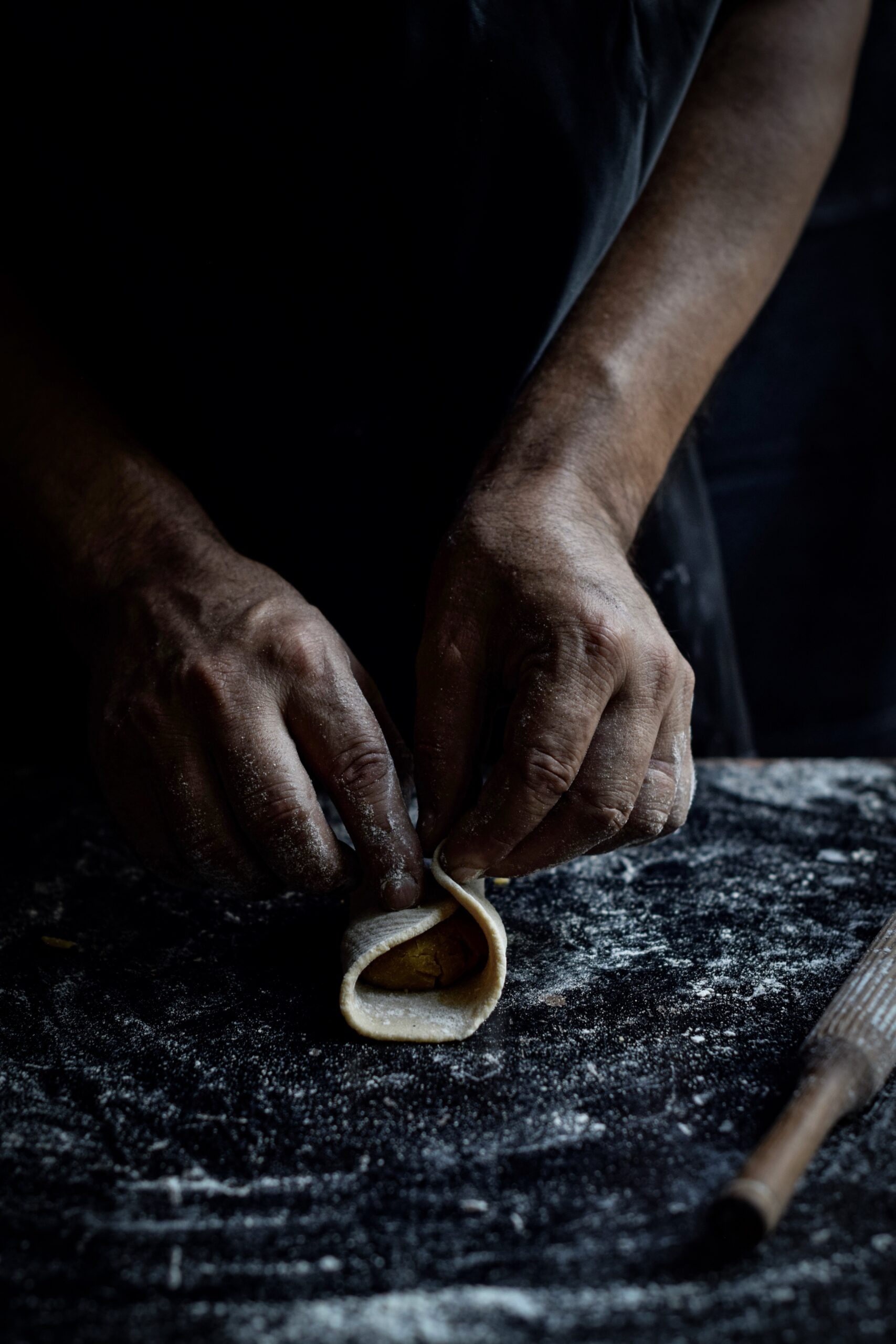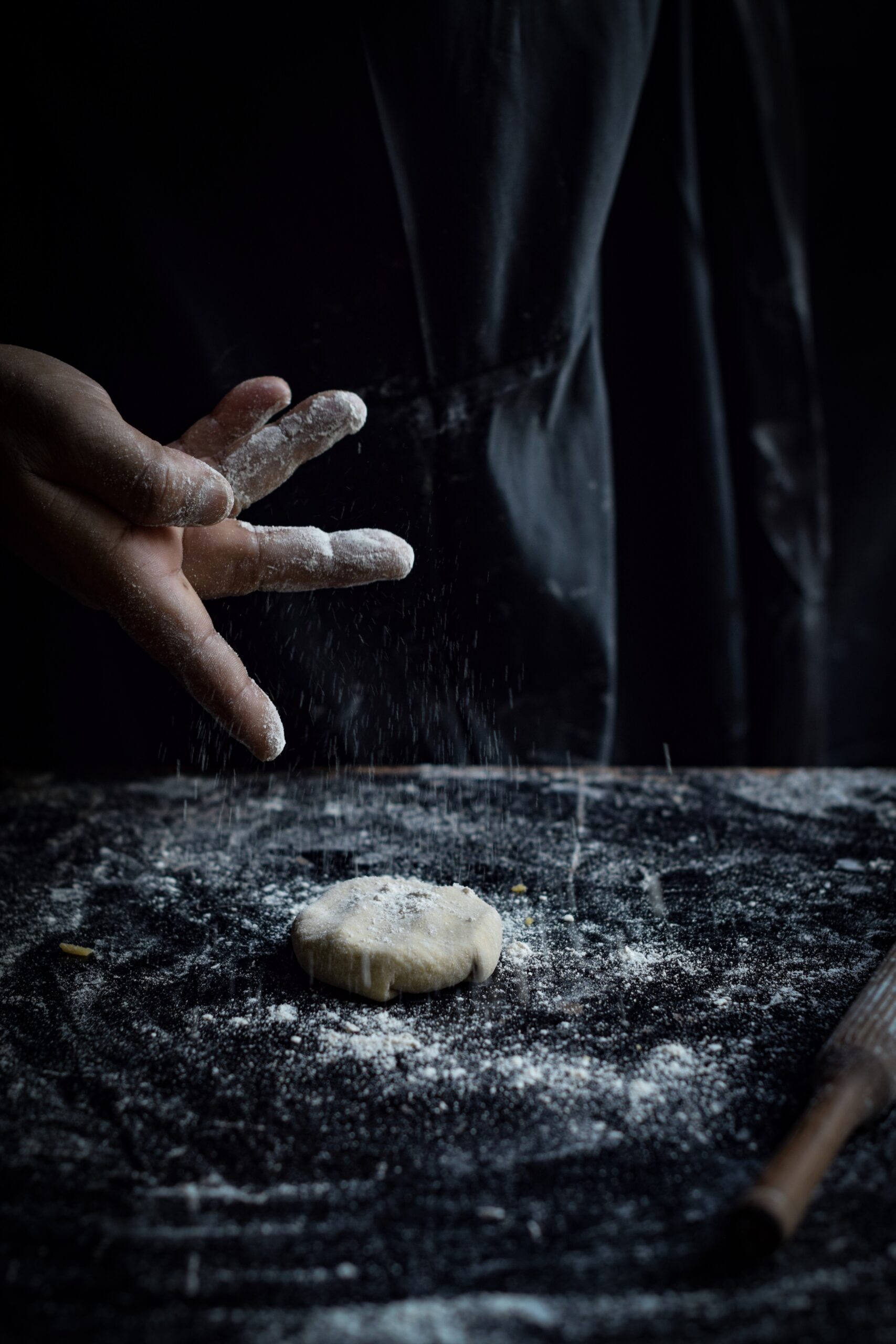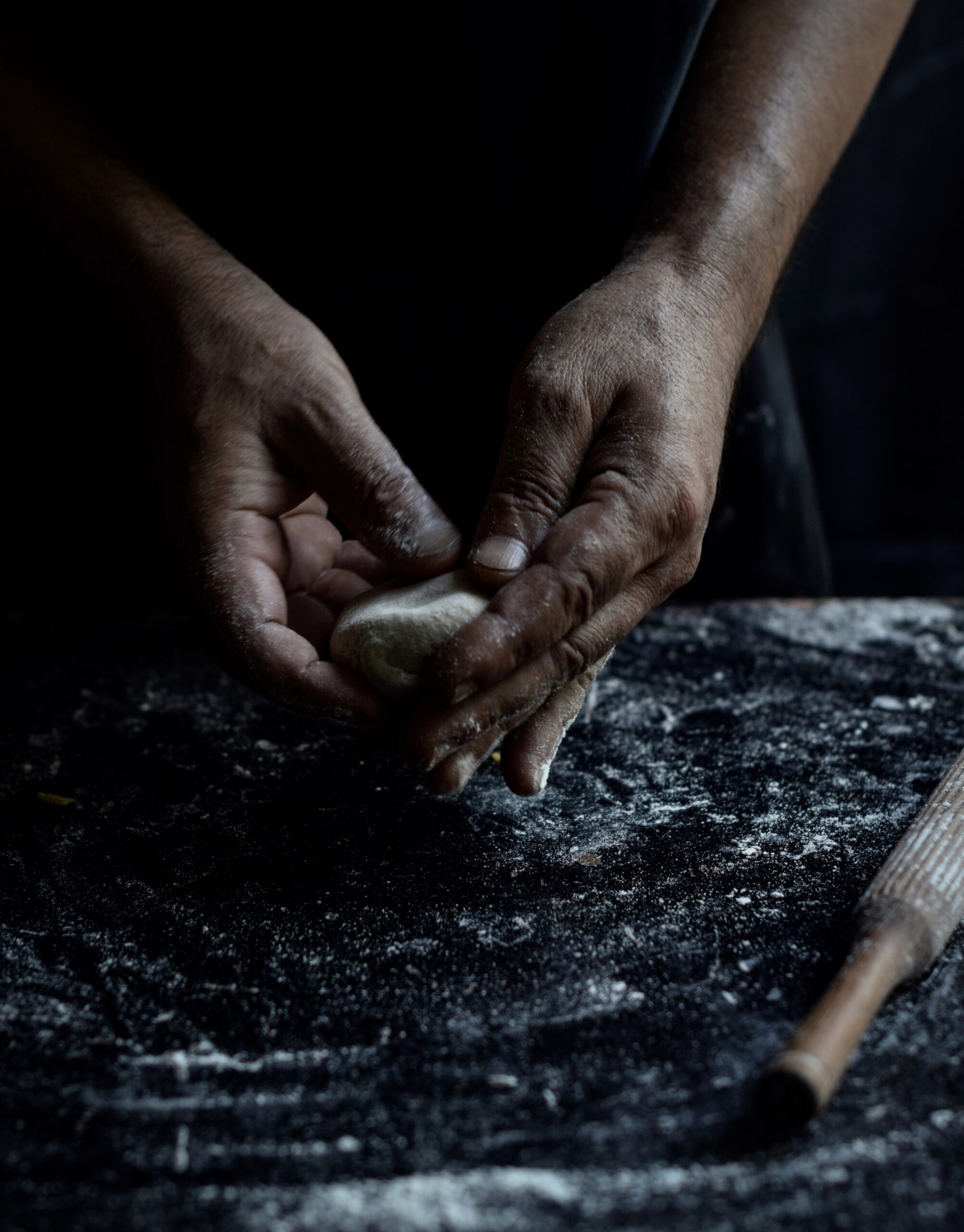As I write this in the days after Diwali, the home and the kitchen table are empty. For a few days, the house was abuzz with visiting friends – all we did was eat, compare notes on each other’s specialties, learn, devour and enjoy our time together. Now, even the family have all gone back to their respective workplaces – and it’s me time. How do you re-enter the kitchen after the busiest time of year has quietened down? I cleaned up the home, missing everyone deeply, while contemplating food, love and life. And then I decided to follow the order of the typical restaurant menu, and start with a soup.
A soup is the perfect post-festive dish both as a detox for the infinite quantities of sweets consumed, and as comfort food that beats the empty-nest blues. As the monsoon continues, I’ve made three things a part of my regular intake: lots of water, this remedy for the sniffle season, and this delicate yet flavourful broccoli and almond soup.
Occasionally, I like to shift from my mainstay local, seasonal vegetables and bring a little bit of the exotic into my kitchen. In Chennai, it is quite rare to find organic “English” vegetables, as we call them here, so when I came across some organic broccoli at my grocer’s, I picked up a few fresh bunches. To these, I added another ingredient from afar: organic almonds from Kashmir. If you’ve been following this blog, you’ll know that even when I go adventuring in my culinary repertoire, I like to add a homegrown twist to anything foreign. And this is where my trusted curry leaves, packed with nutrients and not just a spicy flavour, come in.
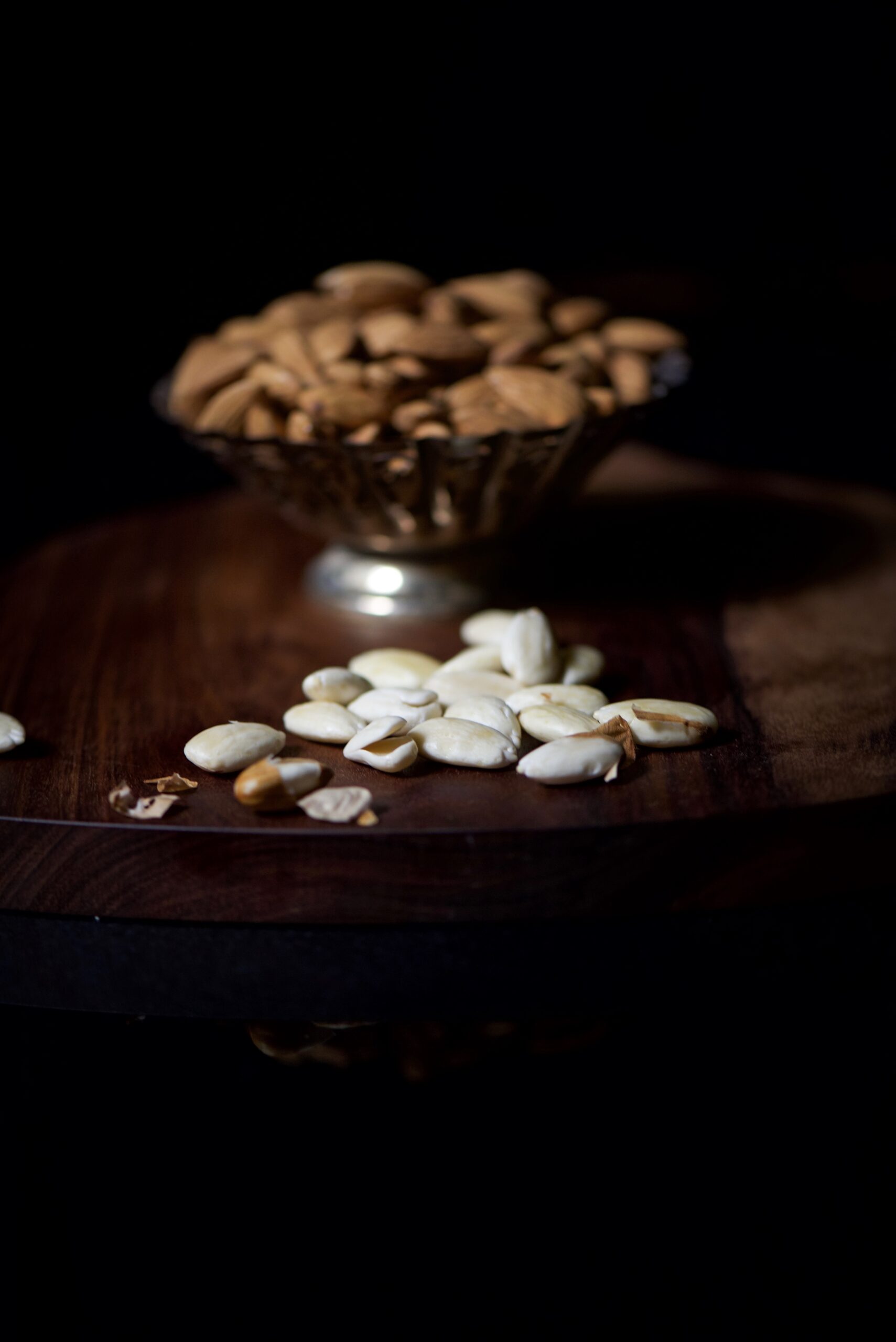
Almonds are well-known for their benefits, and are one of the first types of nuts that are recommended as substitutes for unwholesome snacks. Rich in healthy fats, vitamin E, magnesium, antioxidants and other nutritious elements, they reduce blood sugar, blood pressure and cholesterol levels. They happen to be a favourite in the cakes that are baked in the re:store kitchen, so there are always some on hand – whether to pop into my mouth on the go or to toast and drizzle over a blues-busting soup like this one.

Broccoli is so healthy a vegetable that you may have noticed that it’s almost a synonym for so-good-it-has-to-taste-bad for children’s characters in films and books! This is of course simply untrue, for it’s a tasty ingredient that can be used in versatile ways. From vitamin C to anti-inflammatory Omega 3 fatty acids to antioxidants and studies that support its consumption as being preventative of cancer and heart disease, a bunch of broccoli really is a bouquet of benefits. And as it is rich in fibre, it promotes detoxification – which is what makes it ideal for a post-festive diet.
Broccoli-Almond Soup
(Yield – 4-5 cups)
Ingredients
2 tablespoons + 1 tablespoon virgin olive oil
150 grams diced broccoli florets
3 tablespoons chopped onions
1 small cup washed, finely chopped coriander leaves
3 garlic cloves (smashed) + 3-5 garlic cloves (sliced)
2 cups vegetable broth
2 cups water
½ tablespoon ground black pepper
Salt to taste
2 sprigs curry leaves
3 tablespoons + 1 tablespoon slivered, toasted almonds
1 teaspoon lemon juice
Heat the oil in a medium-sized saucepan. To this, add onions and garlic. Allow them to sauté till golden, before adding the broccoli. Continue sautéing for a few minutes.
Next, add the vegetable broth, cover the pan with a lid and leave to cook for 10 minutes. Then remove the lid and let the dish cool a little. Blend in the coriander leaves with the rest, and add more water to adjust the consistency of the soup to your preference. Finally, add salt and pepper as well as the slivered, toasted almonds.
In a separate pan, heat 1 tablespoon of oil and fry the sliced garlic cloves. As they turn golden, add the curry leaves and turn off the flame. Just the rich, warm aroma of this garnishing as it is being prepared will lift your mood!
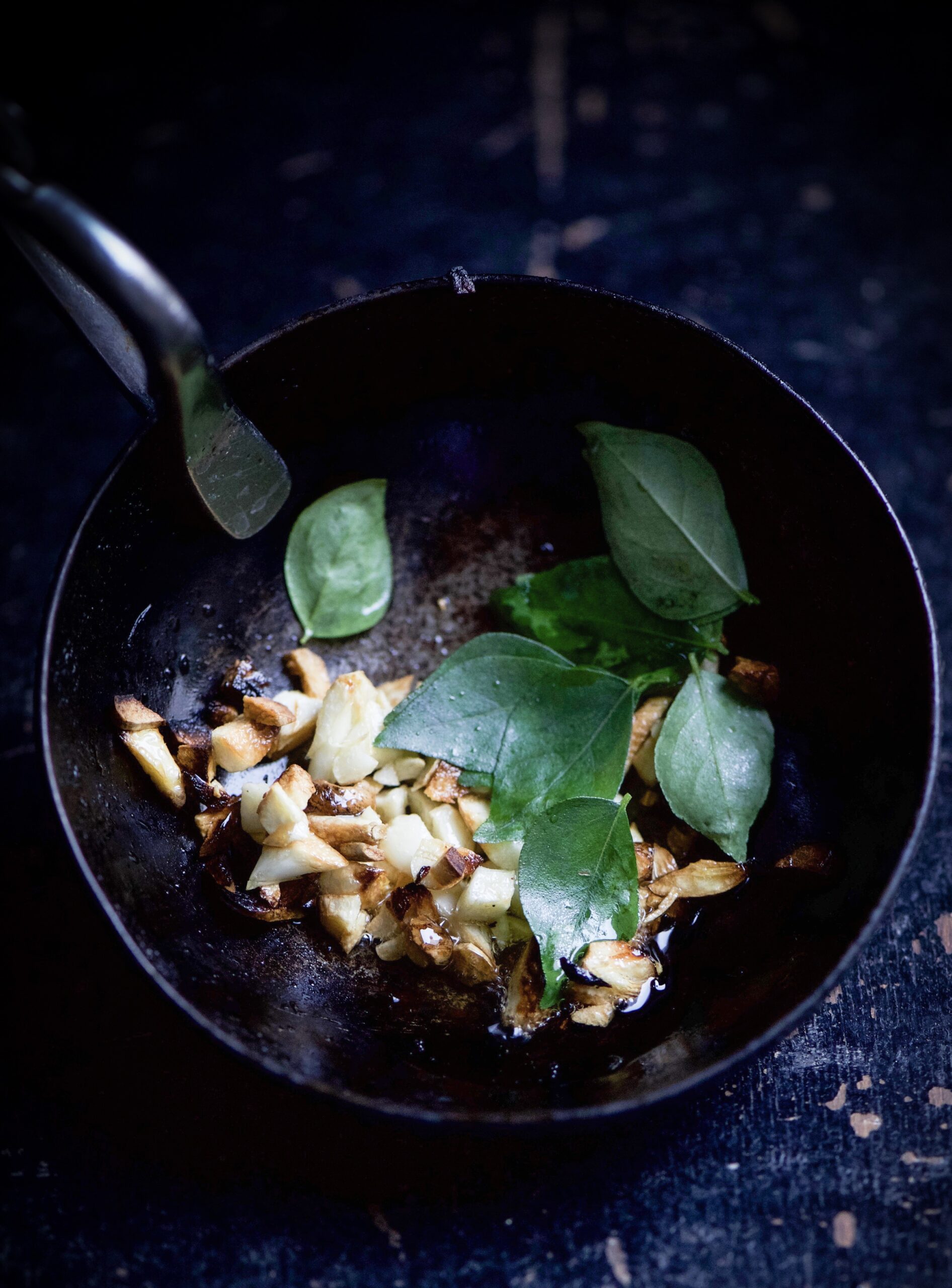
Just before serving the soup, pour the cloves and curry leaf garnishing on top. I added a dash of lemon too. Sprinkle the last of the slivered, toasted almonds as the final touch.
I love my soups with a bit of crunch, and the broccoli and especially the almonds bring texture to this simple dish. Perfect for when you aren’t up to making full meals, when you’re feeling under the weather, or when you just need to cut back on the sugar and carbs, this lovely one-pot meal is light and healthy yet so filling. A cup or two of this broccoli-almond soup with just the sound of afternoon rain for company is so satiating. Please try it. I’d love to know what you think in the comments.



